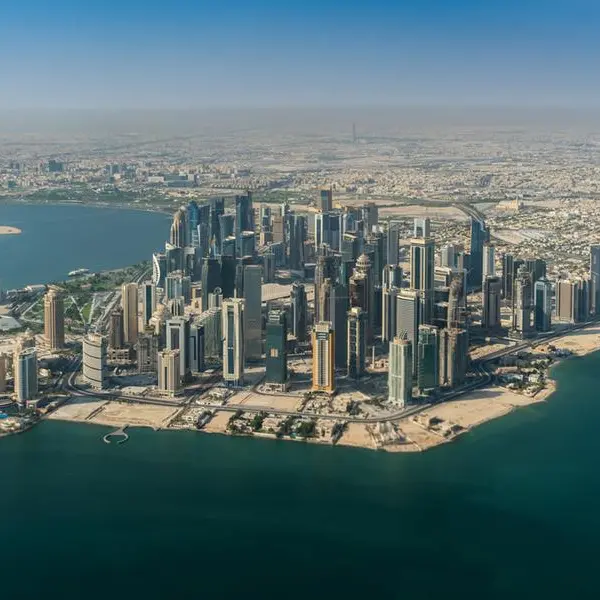Sunday, Jun 21, 2015
Dubai: A high budget deficit of an estimated 20 per cent of the gross domestic product (GDP) combined with significant growth in government expenditure is expected to push Saudi Arabia to resort to domestic government borrowings this year, according to multilateral agencies and economists.
The latest monthly statistical data from Saudi Arabia Monetary Agency (Sama) show the cumulative year-to-date drop in its net foreign assets has reached a large $45.9 billion (Dh168.54 billion) at the end of April this year.
Analysts say the slump in reserves could be attributed to lower growth in oil revenues, increased government handouts to its employees, allocation to projects directly funded by the government and increased military expenditure linked to the Yemen campaign.
While the FX deposits from the government and government-related entities continue to support the overall liquidity levels, firmer allocation to the strategic capex pipeline is maintained. But future diversion of funds for other needs including current spending or military spending could apply pressure on liquidity in the financial system. The decline in oil prices and the rising expenditures have sparked expectations that Saudi Arabia may issue domestic sovereign debt this year for the first time since 2007.
Despite the visible drop in government deposits with Sama, analysts do not anticipate any sharp pullback in government spending.
“Economic activity is likely to remain cushioned in the near-term but at the cost of wide and unsustainable fiscal deficits, in our view,” said Jean-Michel Saliba, Mena Economist at Bank of America Merrill Lynch. “The absence of material fiscal adjustment is likely to imply a need for a sharper adjustment down the line if oil prices remain low for long, in our view.”
The bank estimates Saudi budget deficit at about 17 per cent of GDP if the oil prices are to average around $55 per barrels while the GDP is expected to grow at 3 per cent this year.
Saudi Arabia’s government is projected to run a fiscal deficit of around 20 per cent of GDP in 2015, according to the International Monetary Fund (IMF). The IMF in its Article IV consultation with Saudi Arabia has concluded that the government spending in 2015 is expected to remain elevated despite a sharp decline in oil prices which could put pressure on government finances resulting in a surge in fiscal deficit.
“Government spending in 2015 is expected to remain strong, partly due to a number of one-off factors, while oil revenues have declined. As a result, IMF staff projects that the government will run a fiscal deficit of around 20 per cent of GDP in 2015,” said Tim Callen, team leader of the IMF Article IV consultation.
The rapid drawdown in reserve assets suggests that sooner than later the government is likely to opt for domestic borrowings. This is expected to gradually arrest the decline in government deposits.
Analysts said a highly liquid and well capitalised banking system can easily absorb the sovereign domestic borrowing but not without some impact on their lending to the private sector.
Government debt issuance is expected to boost the banking sector profitability as these debt instruments provide banks with low risk weighted and longer duration lending opportunity, which could enhance their earnings.
The recent opening of the Tadawul (Saudi Stock Exchange) to qualified foreign investors this month is seen as a welcome development that will help deepen the equity market and broaden the investor base.
“The depth of the local debt market will be enhanced by the issuing of more debt and sukuk. Government debt issuance to finance part of the fiscal deficit would help in starting to build a benchmark yield curve, an important step in developing the debt market,” said Callen.
By Babu Das Augustine Banking Editor
Gulf News 2015. All rights reserved.




















